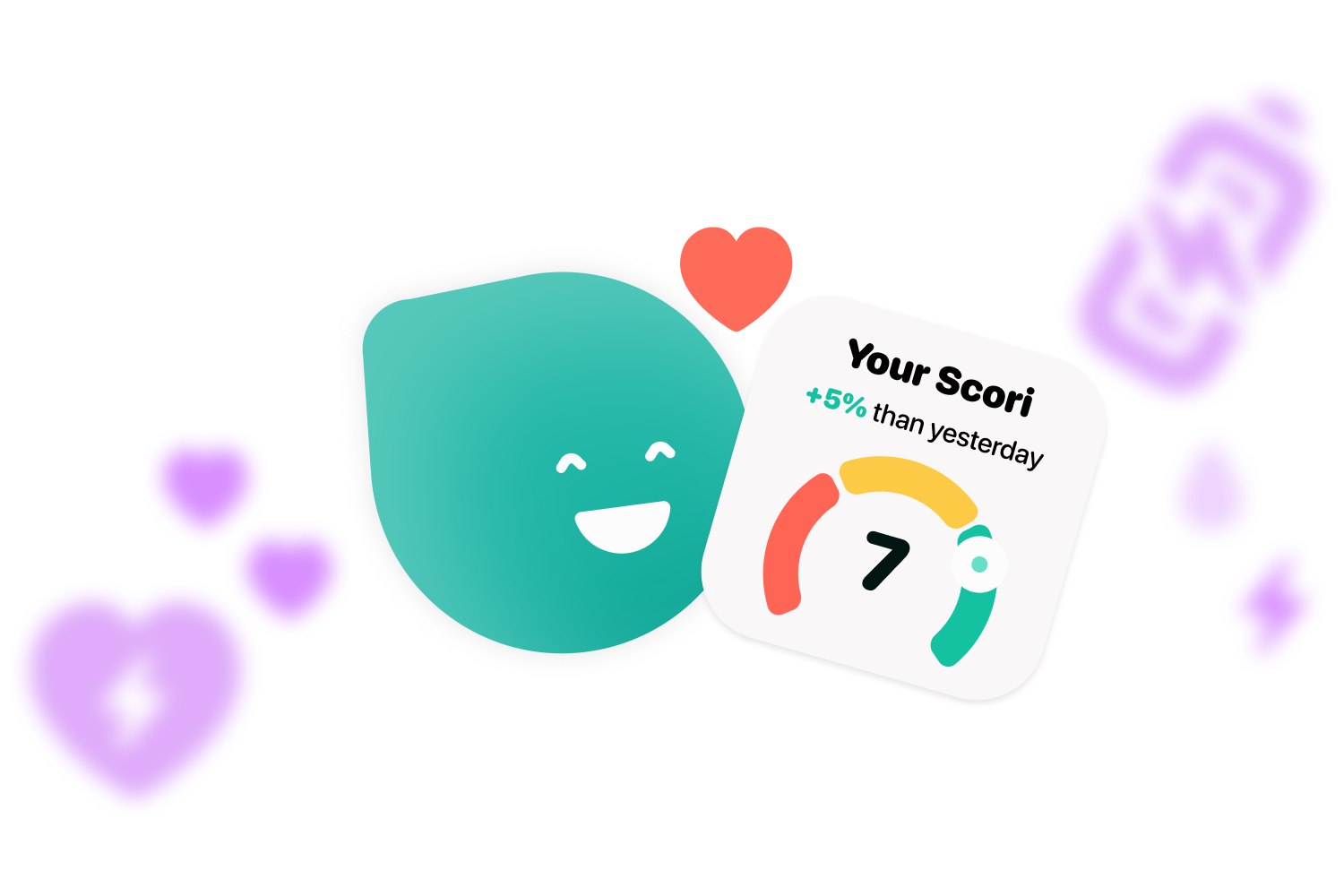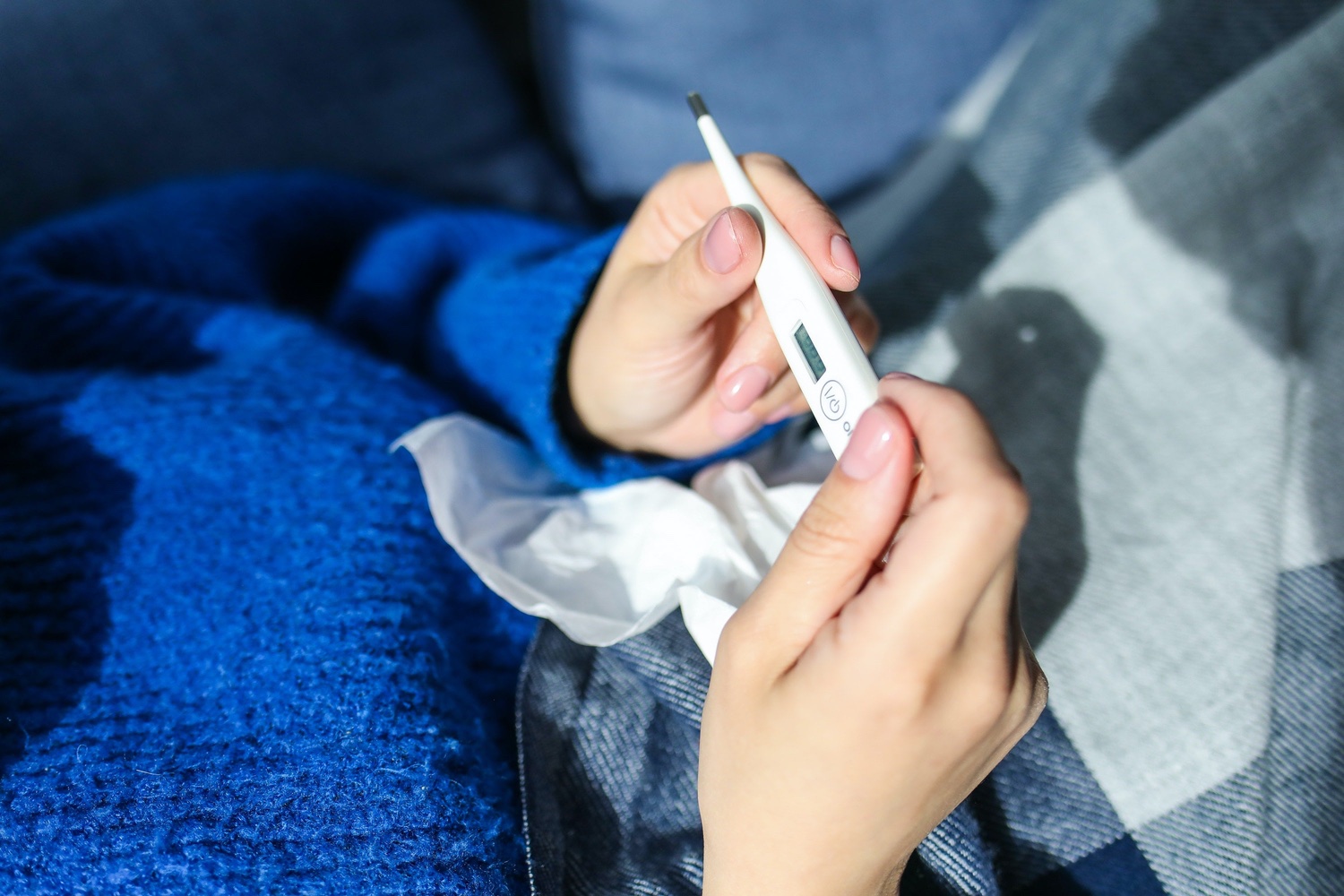Type 2 diabetes is a condition caused by a low insulin levels or insulin resistance. Do you want to know more about it?
Diabetes is a metabolic condition, which means that it affects the body’s metabolism, characterized mainly because the body does not properly handle the levels of sugar in the blood, which means that these are usually very high. In case of type 1 diabetes, and other types of diabetes, they are chronic and irreversible diseases. But type 2 diabetes, does not have the same causes. If you want to know why it happens and how it can be prevented, you need to read the rest of this article.
What is type 2 diabetes?

Type 2 diabetes, as previously mentioned, is a condition that happens when blood glucose levels are higher than normal due to the pancreas not producing the necessary amount of insulin, that is the hormone in charge of controlling these levels. This type of diabetes can be diagnosed at any age since it is not genetic, so it can be developed.
However, most commonly it is found in middle-aged and older people and in people who are overweight or obese. Also, other factors, such as having family background of this condition, having had gestational diabetes or prediabetes, can make you more likely to develop type 2 diabetes.
Symptoms of type 2

Among the symptoms of type 2 diabetes you will find the following ones listed below, however, they are not the same for everyone, so you may have other symptoms that are different:
- Increased thirst and hunger.
- increased urge to urinate.
- Continued feeling of tiredness.
- Blurred vision.
- Sensation of tingling or numbness in feet and/or hands.
- Unexplained weight loss.
These symptoms may appear gradually after your body starts to not produce enough insulin, so it may take time before you have a diagnosis of type 2 diabetes. According to some epidemiological studies, this condition affects almost 14% of the spanish population, out of which 6%, almost the half, do not know that they suffer from it.
But there are other situations when the body begins to warn that it is having difficulties in producing insulin, as is the case of a diagnosis of insulin resistance or prediabetes. These pathologies are reversible and preventable in both cases, which can prevent a future diagnosis of type 2 diabetes.
Can type 2 be prevented?

In contrast to type 1 diabetes, type 2 is preventable because it is not a chronic condition caused by an inefficiency of the pancreas, instead it is related to external aspects such as weight or sedentary lifestyle. Moreover, insulin resistance and prediabetes, which, as discussed above, are previous steps to the diagnosis of type 2 diabetes, are conditions that are reversible as well.
Living a healthy lifestyle is primarily what can prevent us from suffering from type 2 diabetes, even if we have a family background. These changes can include:
- Having a healthy diet: Eating foods rich in fiber, low in calories and fat and having a balanced diet that is accompanied by fruits and vegetables helps to prevent obesity and facilitates the work of the pancreas. If you want, in the blog you can find an example of healthy breakfasts that will give you some ideas for inspiration.
- Doing exercise or staying active: Doing physical exercise, even if it is not intense, will help your pancreas function well and also help you to avoid being overweight. 150 minutes of moderate exercise, such as running or swimming, will be enough.
- Try to stay at your weight: Being over your ideal weight is one of the reasons that makes you more likely to develop type 2 diabetes. So it is important to stay within a healthy weight range for your physical conditions.
- Avoid being inactive for long periods of time: Some studies affirm that long periods of physical inactivity, such as prolonged periods of sitting and watching television, can increase the risk of type 2 diabetes. Therefore, it is recommended that, if you are going to be sitting still for a long time, you should get up and move around for 30 minutes or so.
Insulin resistance and prediabetes: the previous steps

If you have already been diagnosed with any of the initial steps mentioned above, these recommendations can also help you to slow it down. In the case of insulin resistance, the body still produces the hormone that helps manage blood sugar levels, however, it cannot absorb the glucose in the blood, which is why, to keep it working properly, the pancreas produces more of this hormone, which helps it maintain levels within an appropriate range.
This first condition, which is the beginning of a possible type 2 diabetes, is reversible in almost all cases if it is detected early and if efforts to treat it are made by making lifestyle changes, such as improving your diet or being physically active. But, if not, it can lead to prediabetes.
Before prediabetes, the body is already beginning to be unable to regulate blood glucose levels properly, so they are above the range of what is considered normal, but not up to the levels that would be considered diabetes. This, like insulin resistance, is also reversible, so you can avoid or slow down the possible onset of type 2 diabetes, with the care mentioned above.
If you have already been diagnosed with diabetes and do not know how to manage it, applications like Cori will help you by being an extra support and making easier the control over it by grouping all the data in a single application and displaying them in an easy and simple way so that you will be able to understand them. Do you want to try it?

Become a diabadass!
Join our weekly newsletter and learn
all the tips and tricks.
People with diabetes are especially vulnerable to the dangers of colds and the flu, but there are things you can do to control your symptoms and avoid getting sick in the first place. You may maintain your health even when you’re feeling under the weather by constantly monitoring your blood sugar levels, staying hydrated, getting enough of rest, and adhering to your diabetes management plan. Additionally, you may lower your risk of getting sick and safeguard yourself from any problems by maintaining proper cleanliness, being vaccinated, and generally maintaining good health. Make sure to discuss any worries you may have with your healthcare team for advice and support if you have diabetes and are worried about managing colds and the flu.
With this article you can learn the most basic things about type 2 diabetes. However, if you want to know a little more about other types of diabetes or even how to exercise with diabetes safely, you can keep an eye on the blog and follow us on our social media profiles on Instagram, Twitter, Facebook or LinkedIn.




